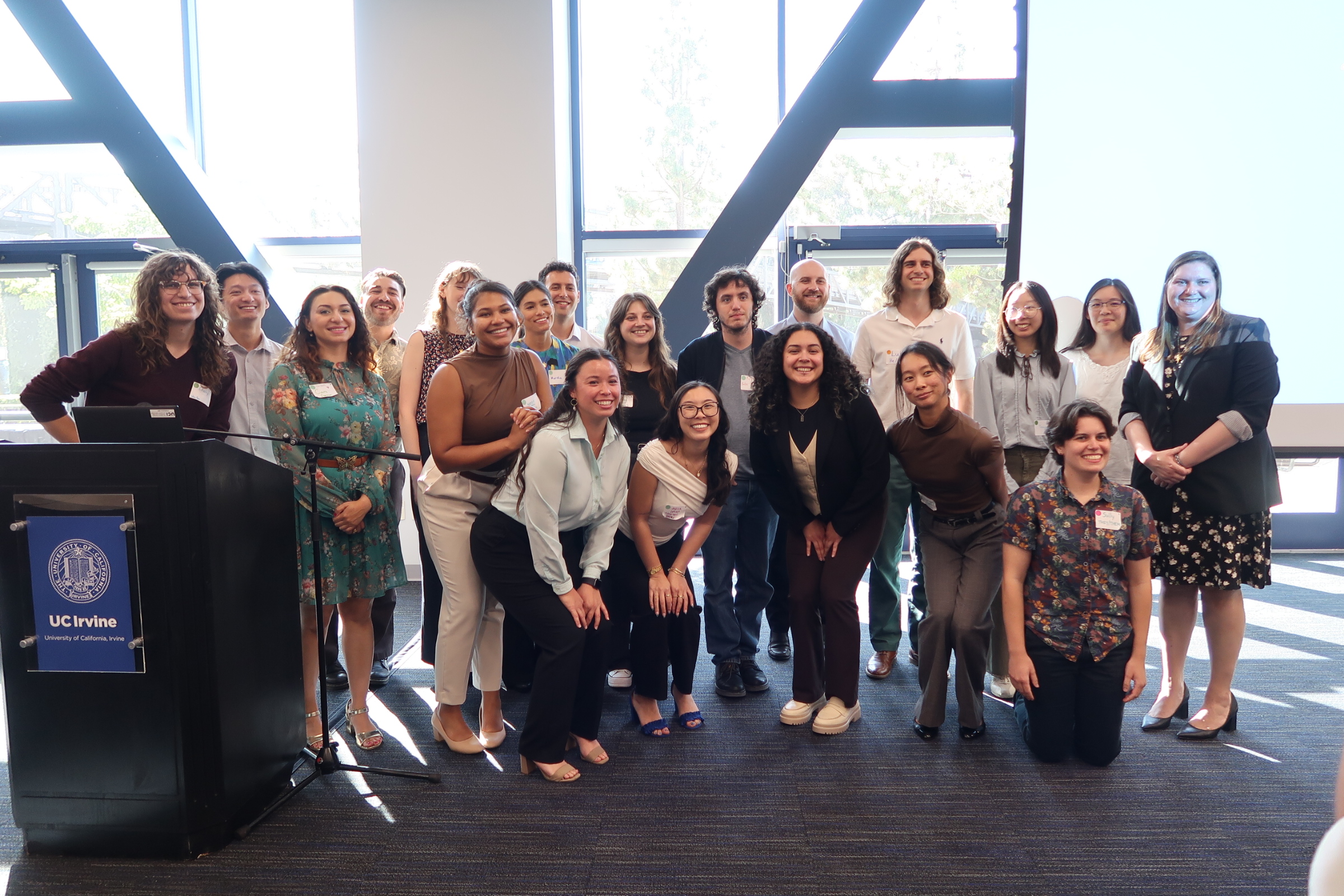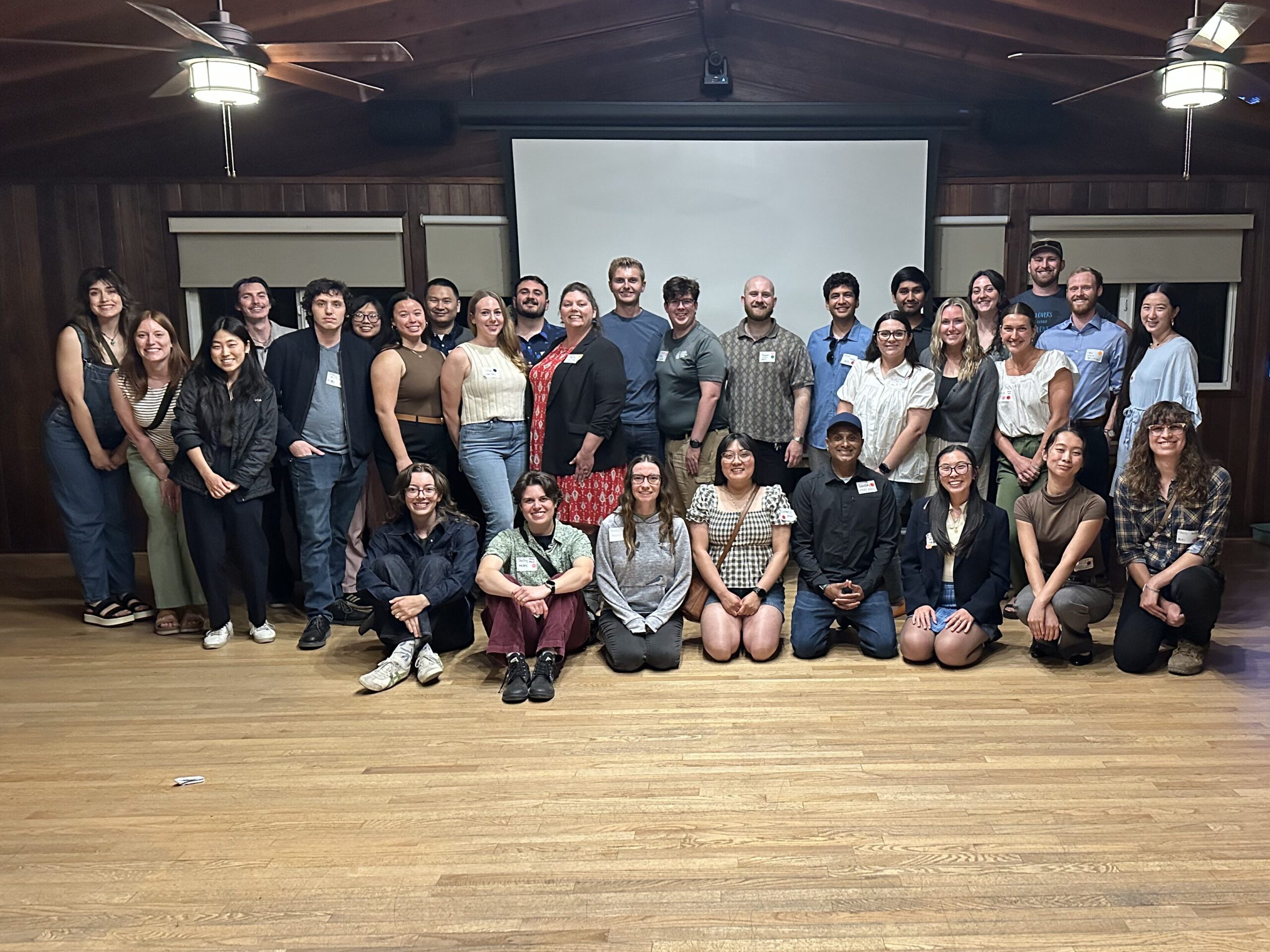Student Blog: “The Last of the White Abalone: A Race Against Time” by Katelin Lally
Beneath the rolling waves of the Pacific Ocean, nestled among rocky outcroppings and kelp forests, a lone species of marine gastropod called the white abalone (Haliotis sorenseni) clings to the seafloor. These mollusks have an oval-shaped shell that provides them with protection from predators and a strong muscular “foot” that enables them to cling to rocks and other hard substrates. The white abalone is unfortunately one of the last of its kind, a relic of a time before overfishing and disease brought its species to the brink of extinction. Once abundant along the coasts of California and Mexico, they are now a ghost of its former population, struggling against impossible odds.

A Vanishing Species
For centuries, white abalone thrived in the cool, nutrient-rich waters that extends from Point Conception, California to Punta Abreojos in Baja California, with the Santa Catalina and San Clemente Islands as centers of abundance. Indigenous communities harvested them sustainably, valuing their tender flesh and iridescent shells. But in the 1970s, commercial fishing exploded, driven by demand from seafood markets and restaurants. Harvesters, unaware of the abalone’s slow reproductive cycle, pulled them from the ocean faster than they could replenish. By the time scientists recognized the crisis, their numbers had plummeted by nearly 99%.
The Struggle for Survival
White abalone face a dire challenge beyond their dwindling numbers—they are now so rare in the wild that finding mates and reproducing has become difficult. These marine invertebrates reproduce through external fertilization, via a process called broadcast spawning. They release eggs and sperm into the water, and fertilization occurs only when males and females are in close proximity. However, with fewer than 2,600 individuals remaining—less than 0.1% of their pre-exploitation population—they are now scattered across vast distances, making natural recovery highly unlikely.
Without intervention, white abalone could disappear within our lifetime. But scientists, conservationists, and aquarists are determined to prevent their extinction. After a period of intense exploitation, white abalone became the first marine invertebrate proposed for the U.S. endangered species list on May 5, 2000. Since then, teams from the National Oceanic and Atmospheric Administration (NOAA), the California Department of Fish and Wildlife (CDFW), and various aquariums have launched an ambitious effort to breed white abalone in captivity and reintroduce them to the wild.

A Fragile Hope
Breeding white abalone is no simple task, early attempts at producing white abalone in captivity showed promise, however the program faced challenges. White abalone require precise temperature conditions, careful genetic monitoring, manual fertilization to ensure success, and to prevent withering syndrome. White abalone are especially susceptible to withering syndrome but successful antibiotic treatment helps with the reproduction of sufficient juvenile abalone. Every larva that survives is a small miracle, a potential savior for its species. Over the past two decades, thousands of captive-bred juveniles have been nurtured in laboratories before being released into the ocean, where they face predators, climate change, and habitat degradation.
There is still hope. Divers carefully place young abalone at designated outplanting sites, closely monitoring their survival. At the same time, scientists work to restore kelp forests—essential habitats that provide food and shelter for these vulnerable mollusks. Public awareness campaigns promote ocean conservation and sustainable seafood choices, helping to prevent history from repeating itself.
Recovery efforts employ strategic stocking methods, including releasing abalone during winter when predators are less active and testing survival rates in both natural and artificial reef environments. Conservation teams also relocate key predators, such as sea stars and octopuses, to improve abalone survival. Ongoing research plays a crucial role in these efforts, with scientists tagging juveniles to track their growth and survival while also conducting disease and genetic assessments of populations designated for stocking.
The Call to Action
The fate of the white abalone rests not only in the hands of scientists but also in the choices we make as a society. Supporting marine conservation efforts, reducing pollution, and advocating for sustainable fishing practices can all contribute to their recovery. If we act now, we may yet see the return of this once-thriving species to our oceans.
The last white abalone is not yet gone. But time is running out. Will we be the generation that saves them, or the one that watches them slip away forever?
References
Abalone, W. (2018). Haliotis sorenseni.
Hobday, A. J., Tegner, M. J., & Haaker, P. L. (n.d.). Over-exploitation of a broadcast spawning marine invertebrate: Decline of the white abalone.
Lafferty, K. D., Behrens, M. D., Davis, G. E., Haaker, P. L., Kushner, D. J., Richards, D. V., Taniguchi, I. K., & Tegner, M. J. (2004). Habitat of endangered white abalone, Haliotis sorenseni. Biological Conservation, 116(2), 191–194. https://doi.org/10.1016/S0006-3207(03)00189-7
National Oceanic and Atmospheric Administration. (2021). White abalone recovery program. Retrieved from https://www.fisheries.noaa.gov/species/white-abalone
Obaza, A., Bird, A., Witting, D., Hagey, B., & Neuman, M. (2023). A Decade of Scuba Effort Reevaluates Approach for Surveying White Abalone (Haliotis sorenseni Bartsch, 1940). Journal of Shellfish Research, 42(1). https://doi.org/10.2983/035.042.0111



